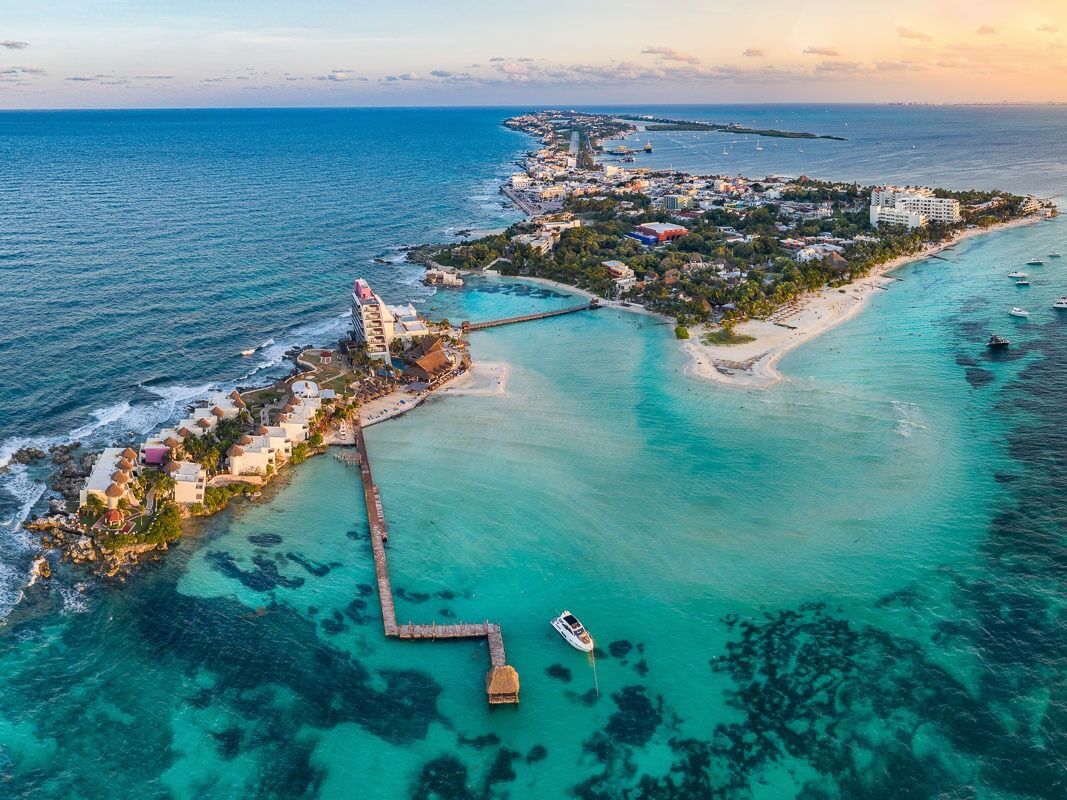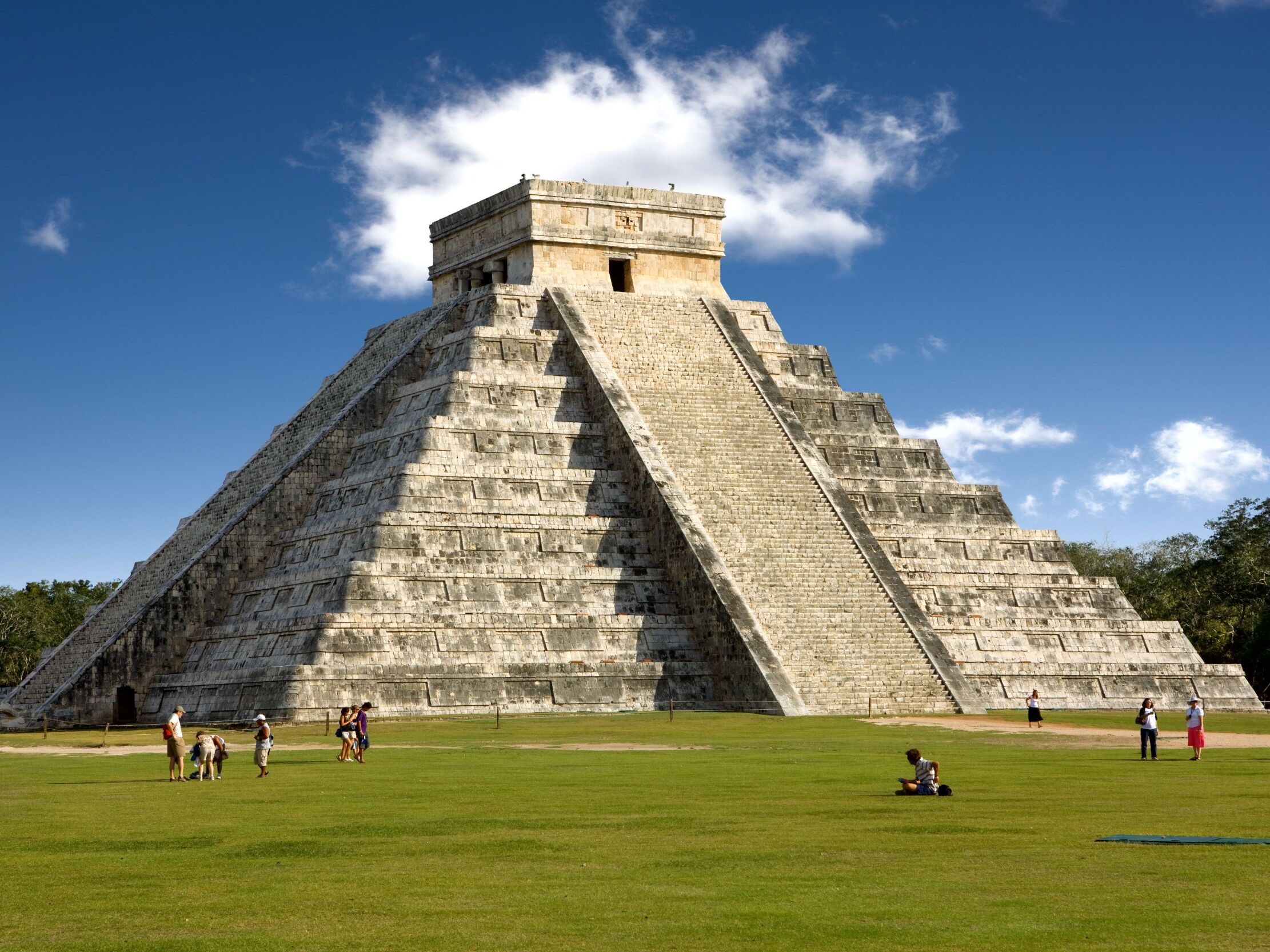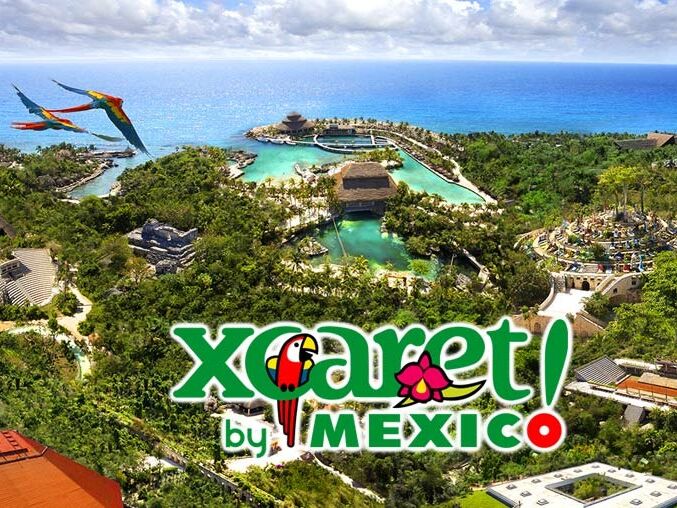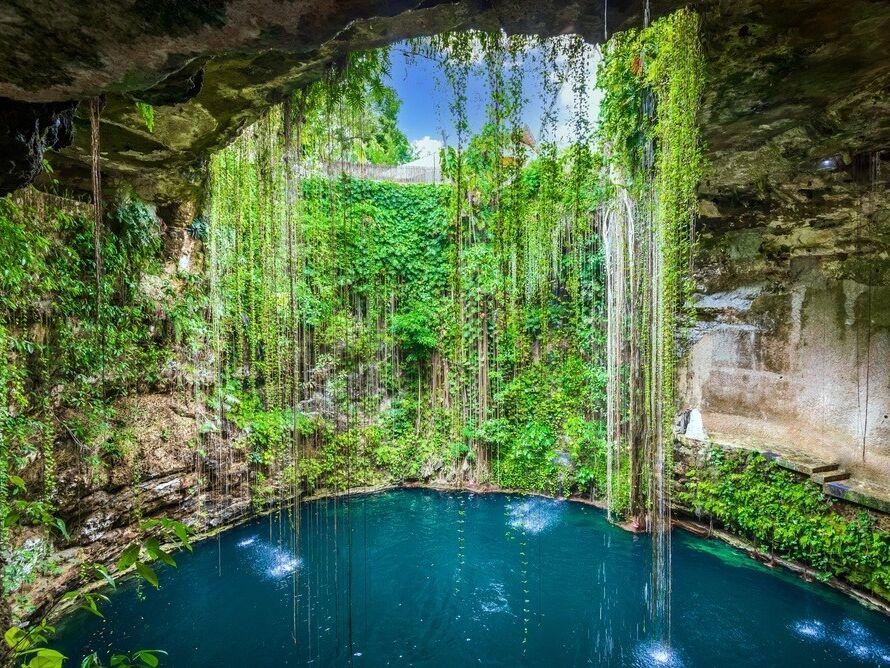
Viviana & Aaron
Viviana & Aaron
Isla Mujeres
Isla Mujeres es famosa por su fauna marina y sus playas vírgenes. Podrás hacer esnórquel en el Arrecife Manchones, bucear en la Cueva de los Tiburones Dormidos o relajarse en la arena blanca de Playa Norte. En tierra encontrará una animada vida nocturna, con bares y restaurantes junto al mar que sirven mariscos frescos.
Isla Mujeres is famous for its marine fauna and beaches. You will be able to dive in the Tiburones Dormidos Cave, snorkel in the Manchones Arrecife or relax on the white sand beach of Playa Norte. On the island you will be able to find an amazing night life, with bars and restaurants by the water.
Chichén Itzá
Wonder of the World. Chichen Itza is beautiful and magnificent it has plenty of Mayan Ruins to visit and get to know about its history. Chichen Itza is divided in Old Chichen and Chichen Itza where you can find 6 Mayan Ruins in the Old Chichen section and about 20 Mayan Ruins in the New Chichen or Chichen Itza, making it a total of 26 Mayan Ruins to see on the Mayan Site.
The ancient city of Chichen Itza is located in the state of Yucatan, eastern Mexico. Right in the middle of Merida Yucatan and the famous city of Cancún Quintana Roo, Chichen Itza is settled.
Maravilla del Mundo. Chichén Itzá es hermoso y magnífico ,y tiene muchas ruinas mayas para visitar y conocer su historia.
Chichén Itzá se divide en Chichén Antiguo y Chichén Itzá, donde puedes encontrar 6 Ruinas Mayas en la sección de Chichén Antiguo y unas 20 Ruinas Mayas en el Nuevo Chichén o Chichén Itzá, lo que hace un total de 26 Ruinas Mayas para ver en el Sitio Maya. La antigua ciudad de Chichén Itzá se encuentra en el estado de Yucatán, al este de México. Justo en medio de Mérida Yucatán y la famosa ciudad de Cancun, Quintana Roo, se asienta Chichen Itza.
Playa Del Carmen/ Xcaret
Xcaret es un parque acuático, temático, de diversiones, eco-arqueológico y más, en un solo lugar. Por su ubicación privilegiada en la selva entre ríos subterráneos, cenotes y frente al imponente mar Caribe, tiene impresionantes escenarios, los cuáles puedes disfrutar en diferentes actividades que aprovecha al máximo cada uno de ellos. Además de la asombrosa naturaleza, Xcaret es un parque temático en Cancún y Riviera Maya que celebra el presente y la rica historia del pasado de México, un país reconocido por sus tradiciones y cultura folclórica.
Xcaret is a water park, theme, amusement, eco-archaeological and more, in one place. Due to its privileged location in the jungle among underground rivers, cenotes and facing the Caribbean Sea, Xcaret has impressive scenarios where you can do different activities and enjoy them to the fullest. Besides that, Xcaret is a theme park in Cancun and Riviera Maya that celebrates Mexico’s present and rich past, a country known for its traditions, culture and folklore.
Cenotes
Hermosos, pero llenos de misterio y magia a la vez, los cenotes son las joyas más bellas de la Península de Yucatán. Resguardados por la selva, nadar en un cenote es una aventura que no puedes perderte durante tus dias en Cancún, la Riviera Maya o Tulum. Los cenotes son pozos de agua de gran profundidad, que se alimentan por la filtración de la lluvia y por las corrientes de los ríos que nacen en el corazón de la tierra. Es por eso por lo que al nadar en un cenote sientes tanta frescura, ¡imagínate que la temperatura promedio de sus aguas es de máximo 24°C! Estos pozos deben su nombre a los mayas, que los bautizaron con la palabra Dz’onot, que significa “caverna con agua” y de ahí derivó a su nombre actual: cenotes.
Beautiful but full of mystery and magic at the same time, the cenotes are the most beautiful jewels of the Yucatan Peninsula. Sheltered by the jungle, swimming in a cenote is an adventure you cannot miss during your trip to Cancun, the Riviera Maya, or Tulum. The cenotes are deep water wells, which are fed by the filtration of rain and the currents of the rivers that are born in the heart of the earth. That is why when swimming in a cenote you feel so fresh, imagine that the average temperature of its waters is a maximum of 75°F (24°C)! These wells owe their name to the Mayans, who baptized them with the word Dz'onot, which means 'cavern with water', and from there it derived its current name: cenotes.



